Did you know that aircraft tires are hand-made? Every tire is carefully constructed and inspected to ensure it meets the stringent requirements the FAA's Technical Standard Order (TSO) TSO-C62 (current).
Regardless of which brand you choose, there is no bad aircraft tire. Even the cheapest tire needs to meet the specifications that the FAA has defined. The size and type of tire specified by your aircraft’s manufacturer were the result of an extensive engineering analysis of the requirements to meet both normal and emergency operations.
Typical general aviation tire specifications include both the size and strength of the tire (example: 6.00x6, 4 ply). The first numbers in the tire spec represent the size of the tire. For example, in a 6.00x6 tire the “6.00” indicates the nominal width of the tire, while the “6” indicates the diameter of the wheel that the tire is designed to fit.
General aviation tires utilize bias-ply construction (vs. radial). Bias ply tires are constructed with plies of reinforcing materials laid at angles between 30 degrees and 60 degrees to the centerline or rotation direction of the tire, embedded in the rubber during the construction process. This provides balanced strength to the tire. The “4 ply” in the specification is used to indicate the number of layers, or plies, of reinforcing material, such as nylon, that are used in the construction of the tire. In the old days this number was literally the number of layers. However, modern technologies utilized in tire making, such as Kevlar cords, translate into the use of less actual plies to get the same "ply rating." This is better because it saves weight and creates less heat.
I’ve often been asked if it makes sense to purchase a stronger tire than that specified by the manufacturer (i.e. purchase a 6-ply tire when a 4-ply is specified). The answer is definitely no. More plies are not necessarily better. Each aircraft is designed for a specific tire, and tires with higher ply ratings than specified may not be suitable for a variety of reasons. More plies don’t make a tire last longer, and since those extra plies need to go somewhere, they wind up decreasing the interior diameter of the tire. In addition, more plies make a tire run hotter. This, along with the difference in stiffness, can affect the way a tire performs.
More plies don’t make a tire last longer, and since those extra plies need to go somewhere, they wind up decreasing the interior diameter of the tire. In addition, more plies make a tire run hotter. This, along with the difference in stiffness, can affect the way a tire performs.
So, why would anyone buy a $130 tire when they can get one for $45? The answer is that the TSO represents a minimum specification. While any aircraft tire should be able to handle a difficult landing on a hot Arizona day, that landing might be the last one for an economy tire if it wears out enough tread. A premium tire may be less affected by the heat and make it through with flying colors. The value of a premium tire lies in how far the manufacturer has exceeded the TSO for the tire. This can take the form of high-tech rubber compounds that resist wear, advanced tread patterns, different ply materials, or UV protection that improves the tire’s ability to resist weather checking.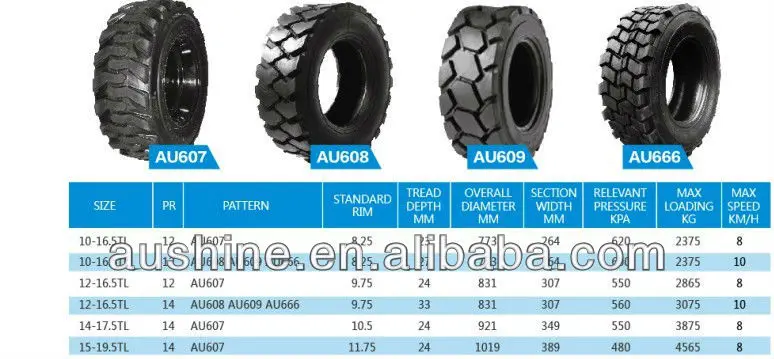
Many aircraft owners are leery of retreaded tires. That’s a shame because any notional concern based on the term “retread” belies the facts. Don’t be misled by all of those truck tire carcasses on the highway shoulder. Retreads are an excellent value with an outstanding performance record.
The re-treading of aircraft tires has been the industry standard for commercial airlines for many years. In fact, it is standard operating procedure for the military. A retread tire is one that has a new tread section attached to a carcass or worn tire. A rebuilt tire is as safe as, or safer than, a new tire because it is built on a service-tested tire carcass, whereas a new tire has had no service use to establish its construction reliability and performance. In fact, most rebuilt tires are subjected to quality control procedures that are far more stringent than those imposed on a new tire.
An added benefit of a retread tire is that different rubber compounds can be used for the tread versus the sidewall and tire body. New construction tires are cast as one and, therefore, compromises have to be made in the rubber compounds used. In a retread situation, a harder rubber may be used for the tread than would be suitable for the sidewall.
New construction tires are cast as one and, therefore, compromises have to be made in the rubber compounds used. In a retread situation, a harder rubber may be used for the tread than would be suitable for the sidewall.
With all this information in hand, it’s time to go tire shopping. Then get those tools ready, because the next time we meet, we’ll be replacing those tires and getting your bird back in the air!
Jeff Simon is an A&P mechanic, pilot, and aircraft owner. He has spent the last 14 years promoting owner-assisted aircraft maintenance as a columnist for several major aviation publications and through his how-to DVD series: The Educated Owner. Jeff is also the creator of SocialFlight, the free mobile app and website that maps over 5,000 aviation events happening throughout North America. Free apps available for iPhone, iPad and Android, and on the Web.
Jeff Simon is an A&P mechanic, IA, pilot, and aircraft owner. He has spent the last 22 years promoting owner-assisted aircraft maintenance and created the first inspection tool for geared alternator couplings available at ApproachAviation.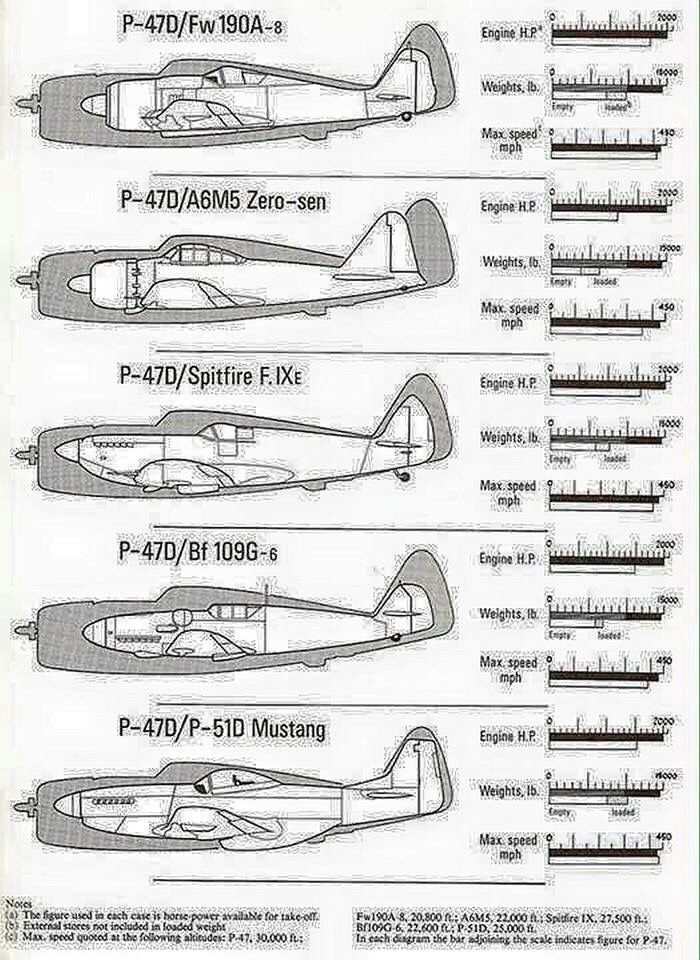 com. Jeff is also the creator of SocialFlight, the free mobile app and website that maps more than 20,000 aviation events, hundred-dollar hamburger destinations, and also offers educational aviation videos. Free apps are available for iOS and Android devices, and users can also visit www.SocialFlight.com.
com. Jeff is also the creator of SocialFlight, the free mobile app and website that maps more than 20,000 aviation events, hundred-dollar hamburger destinations, and also offers educational aviation videos. Free apps are available for iOS and Android devices, and users can also visit www.SocialFlight.com.
Go to Jeff Simon's Profile
Having the proper tire size on an airplane is crucial for safety and performance.
All aircraft regardless of it’s size will have a specific tire size designed for that airplane type.
Not all aircraft tire sizes are the same.
Every tire that is used by aircraft manufacturers is carefully built and inspected to meet the requirements of the FAA.
Here is what you need to know about airplanes and tire size.
The size of an aircraft tire is mounted on the sidewall of the tire. Airplane tires are typically measured in inches although that is not always the case.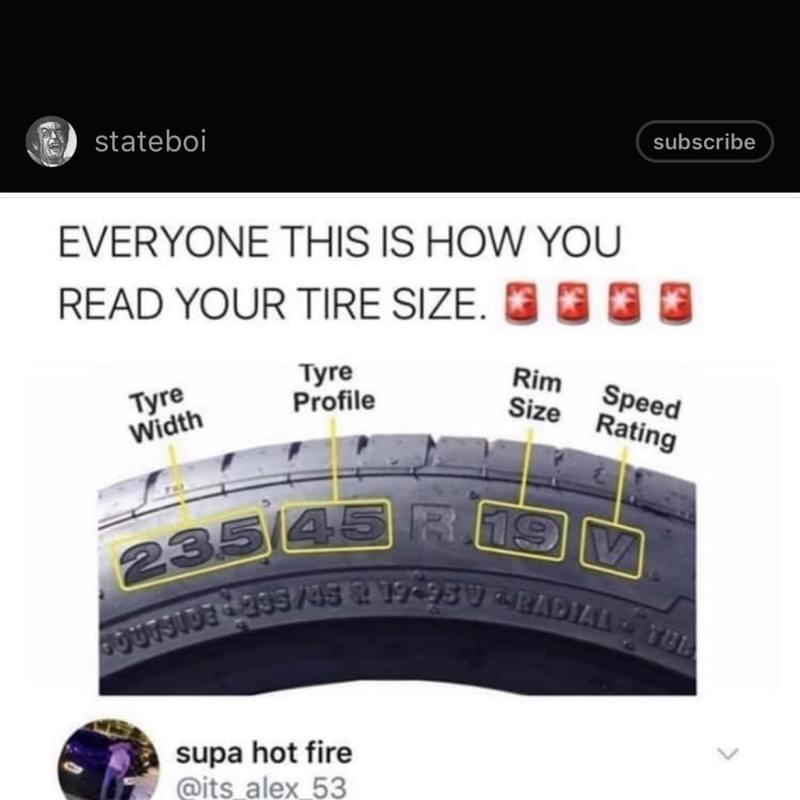
On civil aircraft, there are 3 numbers shown and the first number is the width of the tire.
The second number is how wide the treads are, which can be anywhere from 6 to 11 inches.
The third number is rim size they are mounted on, which ranges from 8 to 16 inches.
For example, if you see a tire with the numbers 30 x 9.5 – 14, this would mean the tire is 30 inches wide with 9.5 inches tread, and the tire is on a 14-inch rim.
Actually, airplane tires are quite large on commercial airliners when compared to small aircraft. But when you consider the huge size of the aircraft, they tend to be small in size.
For example, a Boeing 737 airliner has a tire size of 27 x 7.5R 15 which means it is 27 inches in diameter, 7.5 inches wide, and fits on a 15 inch rim.
If you compare this to a semi truck tire, it is quite a bit smaller. The 737 aircraft is much larger, heavier, and faster than a semi truck, but has much smaller tires.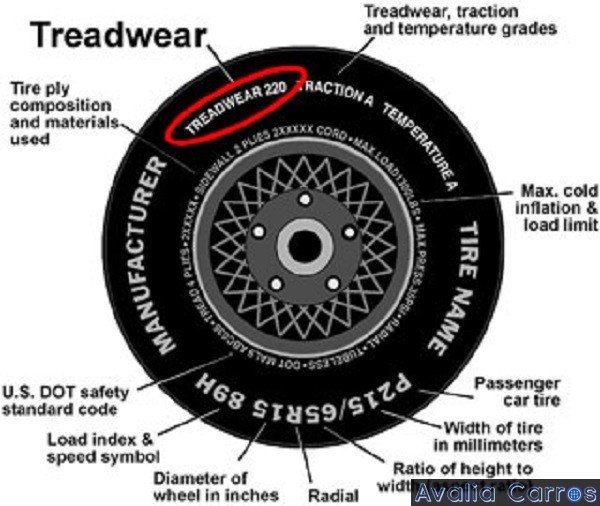
Aircraft tires are considerably stronger and are designed to operate under high pressure with the ability to withstand heavy impact on landings and high speeds.
The Boeing 747-400 is one of the most popular aircraft used by commercial airlines. It is a very large passenger plane that requires a total of 18 tires to operate safely.
All 18 tires on the 747-400 are the same size which is h59 x 19.0 – 22.
| Aircraft type | Tire size |
|---|---|
| Cessna – 172 | 6.00 x 6 |
| Boeing 737 – 800 | 27 x 7.75 – 15 |
| Boeing 747-400 | h59 x 19.0 – 22 |
| Airbus A320 | 30 x 8.8 – 15 |
| Boeing 787 – 800 | 50 x 20 – 22 |
| Embraer 145 | 19.5 x 6.75 – 8 |
| Dash 8 -300 | 22 x 6.50 – 10 |
It is very rare for an aircraft tire to blow out or explode on landing.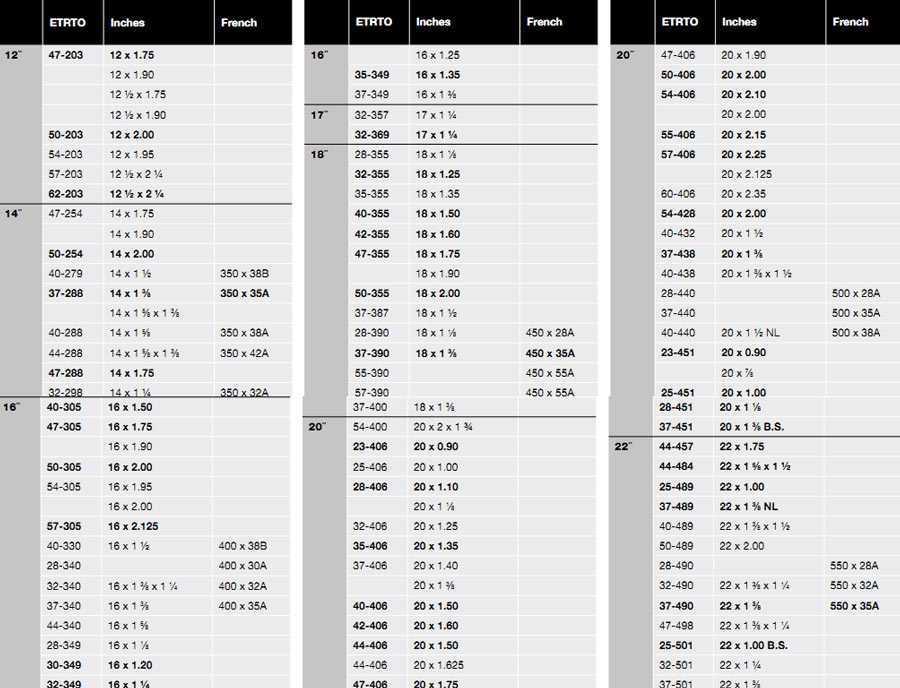 It does happen but not very often. Even under very heavy weight and high impact on landing, the tires will not explode.
It does happen but not very often. Even under very heavy weight and high impact on landing, the tires will not explode.
On larger aircraft like the 747-400 which has 18 tires, even if one was to blow on landing, it won’t affect the aircraft’s ability to safely land.
The reason why airplane tires don’t explode on landing is they have a high-pressure rating (200 psi) and when this high pressure is maintained, it increases the strength of the tire.
Aircraft tires are also over engineered and designed to sustain high impact and speed and hold heavy weight without failing.
If there was a blown tire, it is usually due to the tire being under pressurized.
There are a number of factors that determine how often an airliner needs to replace their tires. Not all aircraft are the same.
But on average, tires will have to be replaced after 250 cycles. Depending on how many takeoffs and landings the airplane does each day, the tires could last 3 or 4 months before needing to be replaced.
Many aircraft tires are retread able and can be retreaded 4 times before being replaced.
The Airbus A380 aircraft uses one of the largest tire sizes which is 55 inches in diameter and is 21 inches wide. The A380 used 22 total tires.
Aircraft tires are filled with nitrogen which minimizes expansion and contraction from extreme heat and pressure. Airplane tires are pressurized to around 200 PSI with nitrogen which can handle heavier weights.
Smaller aircraft, like a single-engine Cessna 172, would have a much smaller tire size than a commercial airliner. A typical tire size for a small airplane would be 5 x 6 x 8.
The Cessna 172 has a tire size of 6 x 6.
Sharing is caring!
Tire size (syn.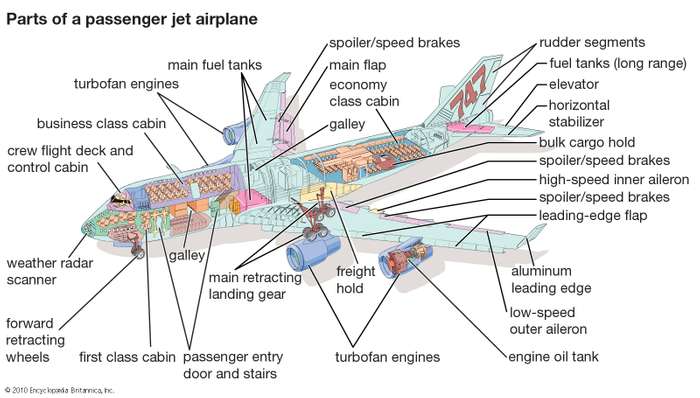 "tyre designation", "type size", "type size®") is a combination of numbers and letters that provides the most important information about a tire. The size is indicated on its sidewall. There are several ways to specify tire sizes.
"tyre designation", "type size", "type size®") is a combination of numbers and letters that provides the most important information about a tire. The size is indicated on its sidewall. There are several ways to specify tire sizes.
1) 195/65 R 15 is a typical size designation for a radial passenger and light truck tyre, where 195 is the section width (in mm), 65 is the series (in percent), R is the designation of the radial design, 15 is the bore diameter in inches.
2) 195 R 15 - all the same, but in this case the wheel series is 82% and is not indicated on the tire sidewall
3) 195 R15 C - the “C” icon is derived from the English word “commercial” and indicates the purpose of this tire for light trucks and minibuses (buses of extra small capacity). In North America, instead of the "C" icon, the abbreviation "LT" - "light truck" may be used, which means the same thing.
4) 175-13 is a typical designation for a high profile bias tyre, where 175 is the profile width (in mm), 13 is the bore diameter in inches
5) 6. 45-13 - no less typical designation of the same tire, only the profile width is indicated here in inches. Sometimes the designation of such a tire can be double slashed 155-13 / 6.15-13 - this is for those who do not know how to convert inches to millimeters.
45-13 - no less typical designation of the same tire, only the profile width is indicated here in inches. Sometimes the designation of such a tire can be double slashed 155-13 / 6.15-13 - this is for those who do not know how to convert inches to millimeters.
6) There are also combinations of these designations - for example, 6.15R13, 8.40R16C, 6.45-14.5LT
7) 31x10.5R15LT is a typical designation for a light truck tyre, where 31 is the outside diameter, 10.5 is the profile width, and 15 is the bore diameter, all in inches. A rather simple designation, but it is difficult to calculate an important characteristic - a series.
8) 1300x530-533 is a typical designation for a wide profile truck tire, as well as some aircraft tires, where 1300 is the outer diameter, 530 is the profile width, and 533 is the rim diameter in mm.
9) 9.00R20 is a typical designation for a regular section truck tire, where 9.00 is the section width (in inches), R is the designation that the tire is a radial design, 20 is the bore diameter (in inches).
10) 9.00-20 - absolutely identical designation, but for a bias tire
11) 215-381 (8.25-15) is another double designation, where 215 is the profile width (in mm), 381 is the bore diameter (in mm), 8.25 is the profile width (in inches), 15 is the bore diameter ( in inches)
12) 11.2-20 - this is often the designation of agricultural diagonal wheels of a conventional profile, where 11.2 is the profile width (in inches), 20 is the bore diameter (in inches)
13) 11.2L20,11.2/70-20 - same double size designation, but for
bias low profile tire14) 11.2R20 - the same, but for radial tire
15) 900x300 are designations adopted for aircraft tires, where 900 is the outer diameter, 300 is the profile width, all in mm.
Load index (“load capacity index”, “load capacity index”) is a digital indicator of the maximum load that the tire is designed for at maximum pressure in it.
Maximum load (N) is the maximum load that the tire is designed to carry at maximum inflation pressure.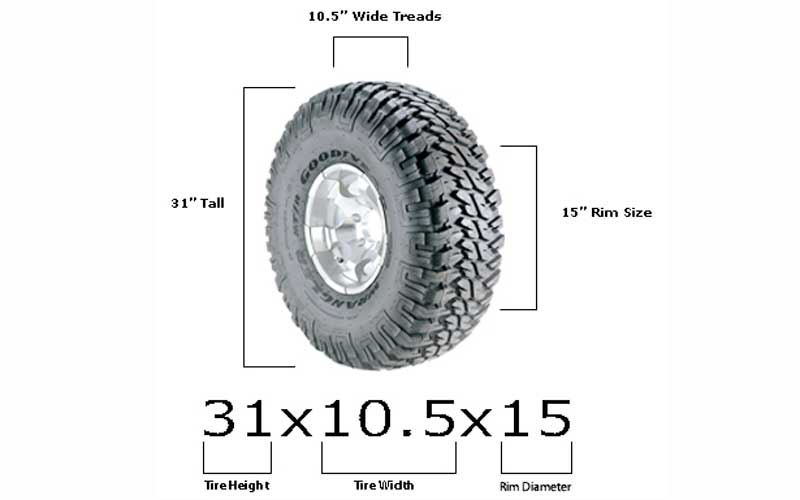 It can be indicated in two ways - in H and kgf. For safe driving, most experts recommend loading the tire no more than 85% of the maximum value.
It can be indicated in two ways - in H and kgf. For safe driving, most experts recommend loading the tire no more than 85% of the maximum value.
Speed index (“speed category”, “speed indicator”) is a letter indicator (letters of the Latin alphabet) of the maximum speed for which the tire is designed.
Maximum speed is the maximum speed for which the tire is designed. For safe driving, most experts do not recommend reaching speeds of more than 90% of the maximum.
Often the speed and load indexes are listed together after the wheel size designation, for example, 175/ 70R13LT 88T, where 88 is the load index, T is the speed index
Maximum pressure is the maximum safe pressure in the tire cavity.
Optimum pressure (recommended pressure) - the pressure in the cavity of the tire, which is optimal for performing all its tasks. It is usually indicated in kPa, or in kgf / cm2.
Ply rating (ply rate) - conditional number characterizing the number of reinforcing layers of the breaker. For conventional tires, this number is not indicated and is conditionally equal to 4, for light trucks 6-8, and is indicated on the sidewall of the tire, for example, 12 PR (ply rating).
Model is an abbreviation, usually consisting of several numbers and letters, also written on the sidewall of the tire. The model uniquely describes the tire tread pattern, almost always its size, and also indicates who is the developer of this model (or the development customer). It is worth paying attention to the fact that the same model can be produced by different manufacturers, and since they may use different production conditions, the tires themselves of the same model from different manufacturers may have slightly different characteristics.
The trade name is the name of the tire model assigned to it by the manufacturer. Also applied to the sidewall of the tire. A single trade name may correspond to several tire models or sizes, but is always owned by the same manufacturer.
Also applied to the sidewall of the tire. A single trade name may correspond to several tire models or sizes, but is always owned by the same manufacturer.
Purpose of tire — not indicated on the tire itself. The purpose determines which group of cars the tires will be installed on. Different manufacturers use their tire classifications for their intended purpose. In this catalog, tires are divided into 7 groups according to their purpose (see "Classification of tires").
Other tire inscriptions
Reinforced - "Reinforced" - for tires with increased load capacity.
Regroovable - For tires that have the option of deep grooved pattern
Tubeless (TL)
Tubed Tire (TT)
M+S - "Mud and Snow"
All season - all season tire
Outside (Side facing outwards - outer side) or Inside (Side facing inwards - inner) - on tires with an asymmetric pattern. The inscription says which sidewall should be inside and which should be outside the wheel. Also in this case, an arrow may be displayed on the tire showing the direction of movement of the wheel when the vehicle is moving forward.
Also in this case, an arrow may be displayed on the tire showing the direction of movement of the wheel when the vehicle is moving forward.
Steel (steel belted) - for tires with a metal cord.
TWI - tread wear index - indicates the location of wear indicators - protrusions inside the tread grooves. After the tread has worn down to the level of these indicators, the operation of the tire is considered unsafe (insurance companies like to pay attention to this when determining the cause of an accident).
Safety warning - for tires in the US and Canadian markets - English text explaining some of the subtleties of the safe use of the tire.
Tire serial number - may be useful when submitting a complaint.
Date of manufacture of the tire - consists of three digits, where the first two indicate the week, and the last - the year of manufacture (from 2000 - four digits, where the year of manufacture is the last two digits).
Sign E with a number - approval mark with the number of the country that issued the certificate of conformity with UNECE Regulations.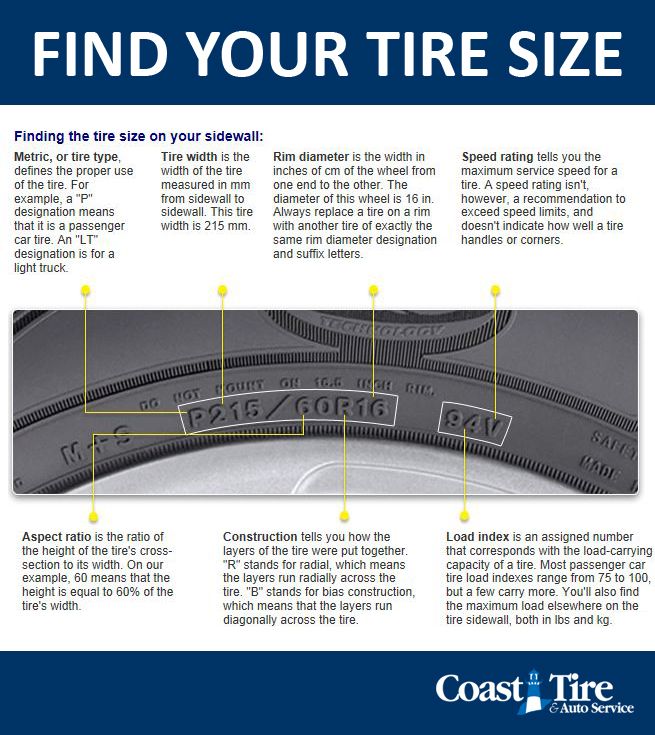
PSI Index - pressure index for strength testing depending on load and speed (only for truck and light truck tires).
When landing an aircraft, the landing gear experiences not only colossal static but also dynamic loads taken by the struts and wheels. Add to this that during the flight the wheels were motionless, and when touching the runway, they should quickly gain momentum corresponding to the landing speed. Thus, rather high and strict requirements are imposed on the chassis of modern aircraft.
Aircraft tire and wheel assemblies can operate under high pressure to carry the load placed on them and should be treated with the same care as any other pressure vessel.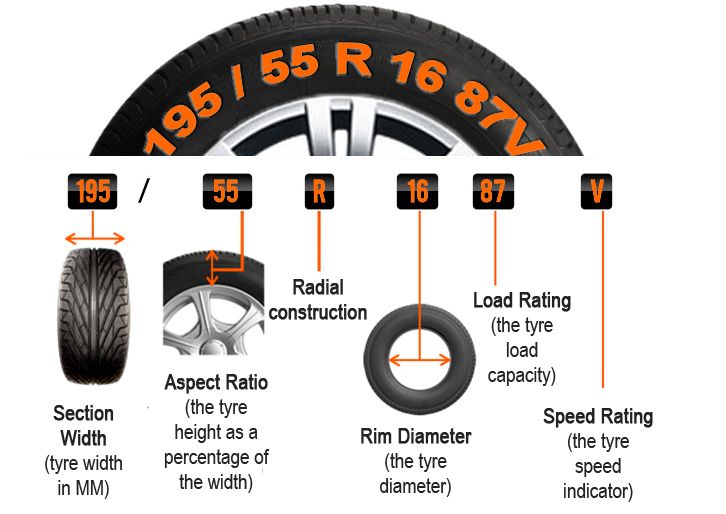 Multiple carcass plies are bonded together to form a common carcass, making the tire capable of holding internal pressure.
Multiple carcass plies are bonded together to form a common carcass, making the tire capable of holding internal pressure.
By significantly reducing the weight of tires and at the same time increasing the number of landings they can withstand, operating and fuel costs are reduced. The result is a reduction in the negative impact on the environment by reducing CO2 emissions into the atmosphere and using less raw materials.
Suspension struts
The most heavily loaded elements of an aircraft landing gear are shock struts and wheels (pneumatics).
Suspension struts are used to ensure maximum ride smoothness when driving along the airfield, on the takeoff run and run, as well as to dampen shocks that occur at the time of landing (multi-chamber nitrogen-oil long-stroke shock absorbers are often used, in which the function of a spring element is performed by pumped under a strictly defined pressure technical nitrogen). On the multi-wheeled bogies of the landing gear of heavy aircraft, additional shock absorbers can also be installed - stabilizing dampers.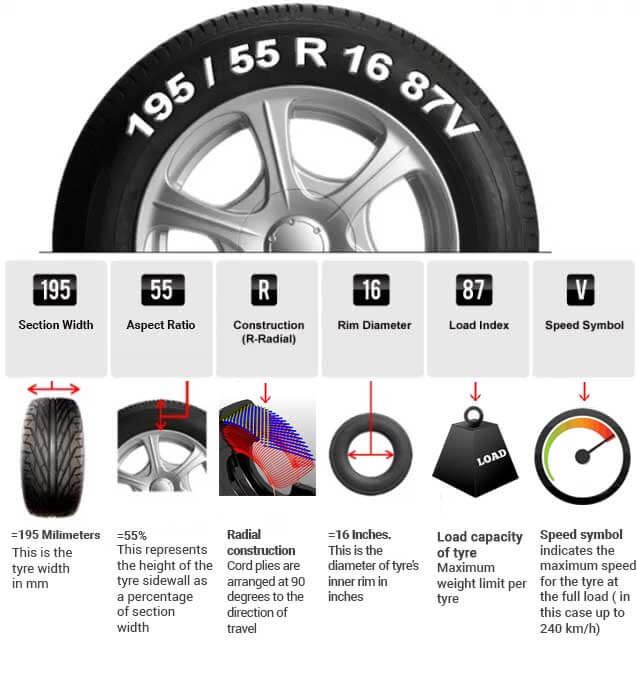 Reinforced landing gear is able to withstand impact on the protruding edges of concrete slabs up to 10 cm high when the aircraft is moving at landing speed or a rough landing.
Reinforced landing gear is able to withstand impact on the protruding edges of concrete slabs up to 10 cm high when the aircraft is moving at landing speed or a rough landing.
There is also a system of braces, rods and hinges that perceive the reactions of the supporting surface and fasten the shock absorber struts and wheels to the wing and fuselage, which simultaneously serve as a retraction-release mechanism.
Aircraft landing gear wheels support the aircraft on the ground and provide the means of mobility for takeoff, landing and taxiing. And pneumatic tires, shock-absorbing, protect the aircraft from shock impulses due to surface irregularities and shortcomings in piloting technique during landing.
Wheel disks (drums) are often made of magnesium-based alloys. Usually these are magnesium-zinc alloys, which are very difficult to process, or titanium. Currently, only a few industrial powers in the world can produce high performance fighter aircraft tires.
Complex high-tech structure
Aircraft wheels are designed to make changing tires (tires) easy. The wheel disks themselves are usually made collapsible, from two halves, which are bolted together. To increase the tightness of the wheels, before assembly, both halves of the disk and the outer sides of the tire are treated with a special adhesive, and only after that they are assembled.
The wheel disks themselves are usually made collapsible, from two halves, which are bolted together. To increase the tightness of the wheels, before assembly, both halves of the disk and the outer sides of the tire are treated with a special adhesive, and only after that they are assembled.
On modern high-speed aircraft, the pneumatics are tubeless and are inflated with technical nitrogen (the latter is used to prevent gas condensation and its subsequent freezing at altitude, with the formation of dangerous ice, and besides, nitrogen is cheap and does not burn). Aircraft landing gear tire treads have no pattern other than a few longitudinal circumferential bleed grooves to reduce hydroplaning effects, as well as control dimples for easy wear detection. The shape of the tire is close to round in cross-section to ensure maximum wheel contact patch during roll landings. Pneumatics are equipped with disc or shoe brakes with hydraulic, pneumatic or electric drive, for maneuvering when moving along the airfield and reducing the length of the run after landing.
In general, a modern aircraft tire is a complex high-tech structure that operates at high speeds and loads with the smallest possible weight and size.
Aircraft tire capable of withstanding a wide range of operating conditions. While on the ground, it must support the mass of the aircraft. During taxiing, provide a stable, smooth ride while resisting heat build-up, abrasion and wear. During takeoff, the tire structure must be able to withstand not only the aircraft load, but also the forces generated at high roll speeds during the takeoff run. Landing requires the tire to absorb colossal dynamic shock loads. All these processes must be carried out stably, ensuring a long and reliable tire life.
These extreme requirements require a fairly complex tire. A modern aircraft tire is a composite of several different rubber compounds (a mixture of natural and synthetic rubber), textile material and steel. Each tire component serves a specific purpose in realizing its performance characteristics. Aircraft tires are very durable, as they are reinforced with iron cords, nylon, and aramid polymer.
Aircraft tires are very durable, as they are reinforced with iron cords, nylon, and aramid polymer.
The requirements for aircraft landing gear tires and wheels are generally quite strict and sometimes contradictory
For example:
High pressure
It is aircraft wheels that in many ways contain most of the latest inventions put into practice today. By aviation standards, a tire must withstand pressure four times higher than what it is designed for, so theoretically tires can withstand a hard landing at speeds over 450 km / h.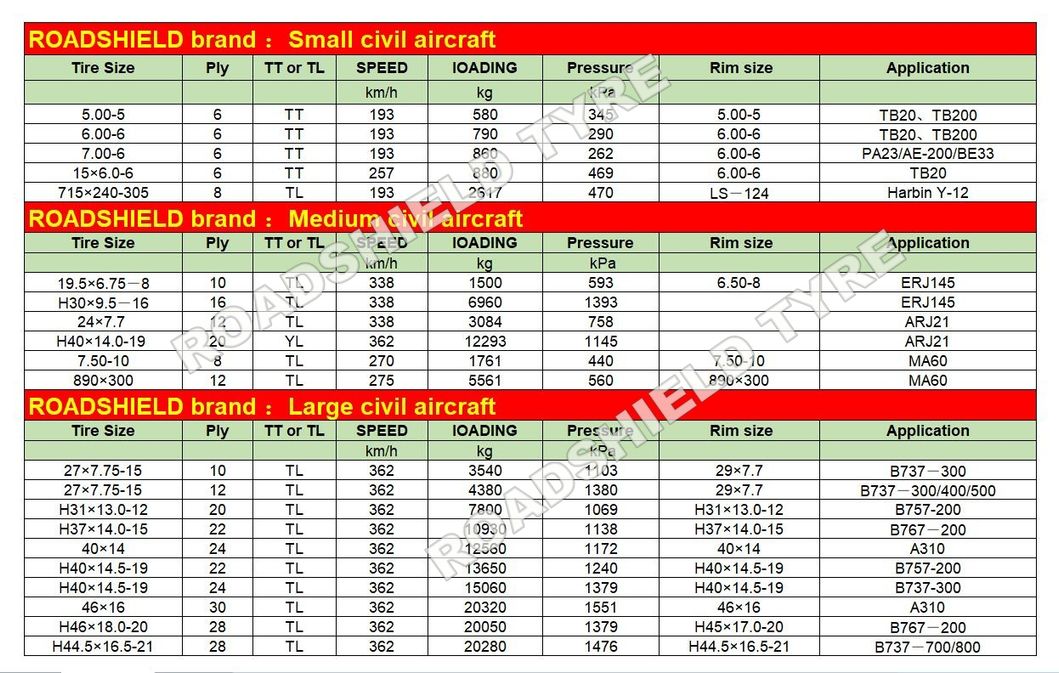
In addition to being subjected to enormous static and dynamic loads, aircraft tires are also subjected to thermal stress when they are exposed to low temperatures for a long time, and during landing they quickly pick up speed of about 300 km/h (some up to 460 km/h). When in contact with the ground, the temperature of the tire rises to 260°C.
Tires withstand temperature difference and load stably. They are designed to resist wear and tear as much as possible. They are multi-layered with a strong nylon and aramid cord located under each layer. Each layer has the ability to withstand enormous load and air pressure. The cord is not intertwined, but arranged in single layers parallel and held together by thin rubber films, which protects the cord from adjacent layers from chafing against each other when the tire is bent during operation.
During tire manufacture, the plies are applied in pairs such that the cords of adjacent plies are at 90° to each other in the case of a crossed (diagonal) tire and from bead to bead at an approximate 90° angle to the center line of the tire in a radial tire.
To absorb and distribute dynamic loads and protect the casing from impact damage, there are two narrow layers pressed into thick rubber layers between the casing and the tread. These special layers are called belts.
Tire strength index
Tire manufacturers assign a ply rating to each tire. This norm does not directly refer to the number of layers in the tire, but is a tire strength index.
Wire wrap is made rigid by rubber banding all of the wire together, creating a strong bond. The bead wire (the core of the bead) is also strengthened by winding with fabric strips before the application of the main and filler tapes. The main bands, made of rubber and located under the rubberized fabric filler bands, provide more rigidity and less abrupt changes in the bead section. They also increase the contact area.
Under severe braking conditions, the heating of the wheel, tire and brake can be sufficient to cause a tire to burst, with possible catastrophic consequences for the aircraft.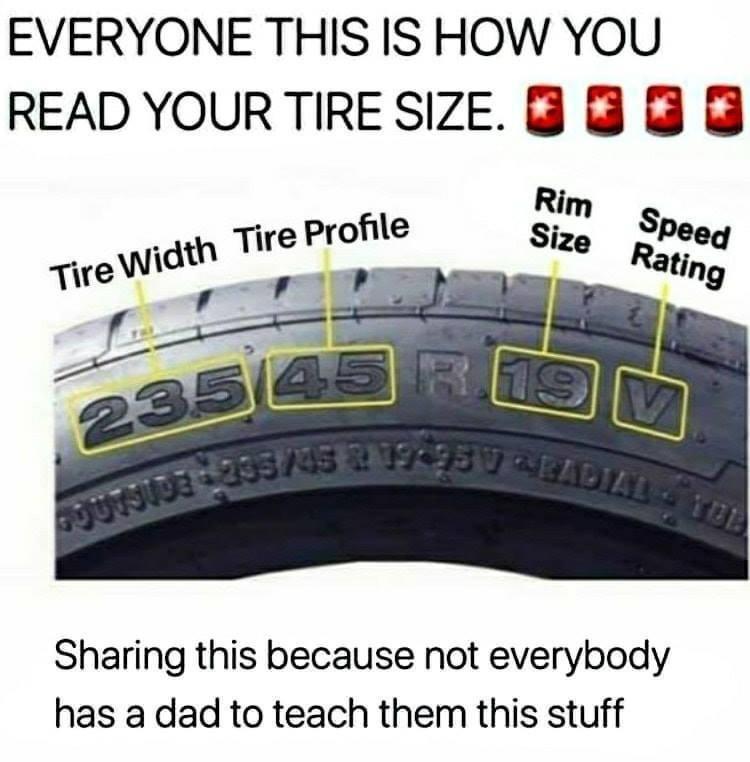 Thermal witnesses are installed on some tubeless wheels to prevent sudden rupture. These plugs are installed into the wheel drum using a low-melting alloy that melts under overheating conditions and is pushed out by the increased air pressure in the tire. This prevents excessive pressure build-up in the tire by controlled depressurization of the tire.
Thermal witnesses are installed on some tubeless wheels to prevent sudden rupture. These plugs are installed into the wheel drum using a low-melting alloy that melts under overheating conditions and is pushed out by the increased air pressure in the tire. This prevents excessive pressure build-up in the tire by controlled depressurization of the tire.
Aircraft wheels, like everything related to aviation, are characterized by constant monitoring of their technical condition, so tire pressure is checked every time after landing and before takeoff.
But landings and take-offs have a negative impact on the condition of tires, so aircraft wheels, unlike car wheels, have a relatively short shelf life, and at the slightest suspicion of defects, mechanics must be replaced.
Static and dynamic tests
Static

